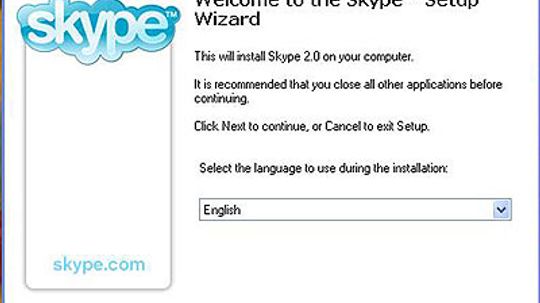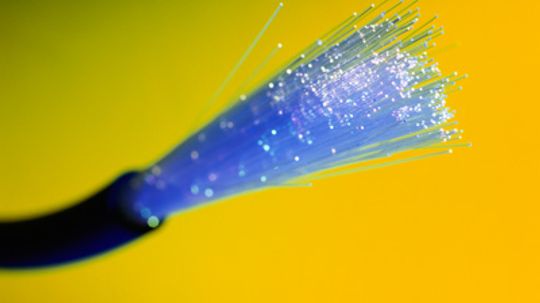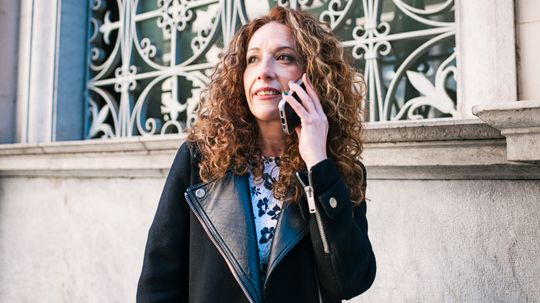Telephone Technology
We'll look at the different telephone technologies that enable us to easily communicate. Learn about Skype and Vonage, caller ID, fiber optics and more.
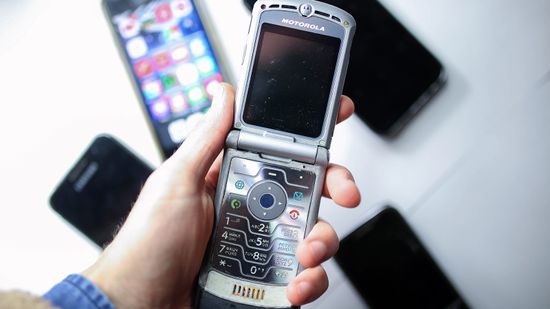
What’s Been the Best Selling Phone in the World?

Who Called Me From This Phone Number? Need-to-know Tips

How to Track a Phone When It's Lost or Stolen
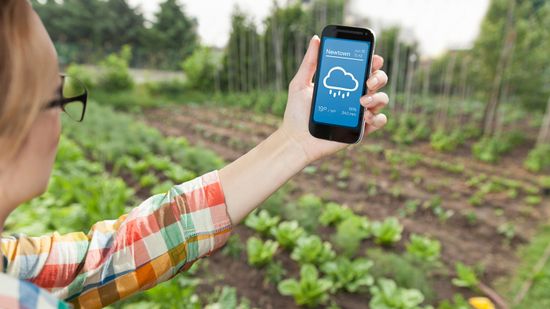
You Track the Weather. Does Your Weather App Track You Back?

How Cash App Works
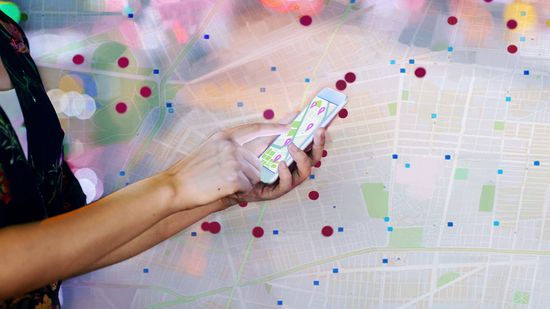
How to Fake a GPS Location on Your Phone
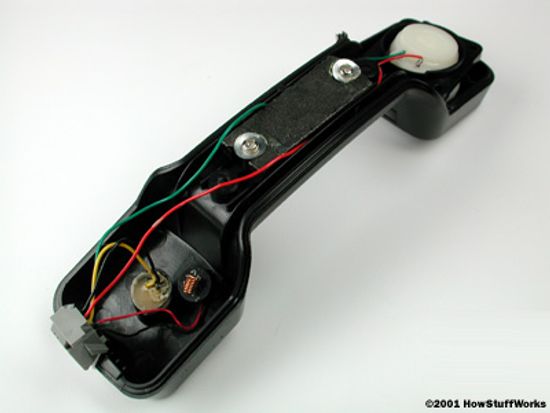
How To Tell if Your Phone Is Tapped
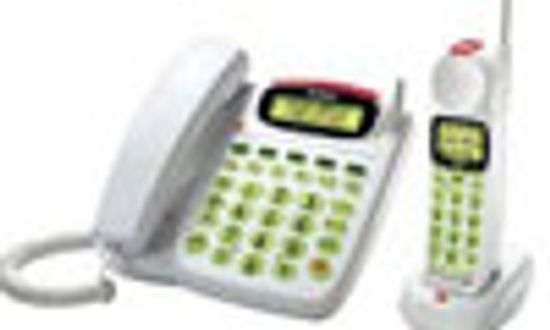
How do digital answering machines work?

What do the yellow and black wires in a home telephone jack do?

LTE Meaning: Understanding the Cell Phone Technology
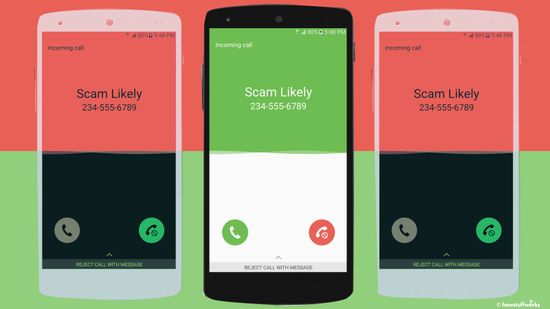
How Does My Phone Company Know a Call Is From a Scammer?
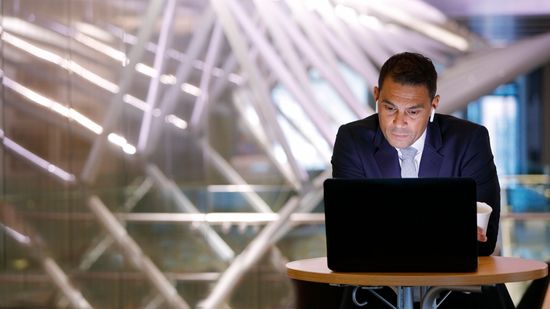
How Bluetooth Works
Learn More / Page 2
Currently, there are several VoIP services on the market -- the two most well-known ones are Skype and Vonage. Although they both use VoIP technology, they're quite actually quite different from each another.
The phone number you use to call another person is basically an address, similar to the street address of your home. Have you ever wondered what all those numbers mean?
It's one of those seemingly-unexplainable lapses in logic -- Why do these two digit-based devices order their number keys in exactly opposite ways?
Advertisement
How does caller ID work on a telephone? It turns out that the process of making the caller ID display possible is remarkably simple at your end of the line.
Over the last 20 years or so, fiber optic lines have taken over and transformed the long distance telephone industry. Optical fibers are also a huge part of making the Internet available around the world.
If you have underground phone wiring in your neighborhood, rather than pole wiring, you will frequently see these little boxes all over your neighborhood -- one for every two or three houses or so.
When you make a long-distance call, there is an amazing amount of technology working to make your call happen. To understand the computerized systems used today, it's helpful to go back in time and look at how long-distance calls were first routed.
Advertisement
One of the relative miracles of modern times is the reliability of the phone system. The power goes out fairly often for most people, but your telephone is always working (as long as you pay the bill). Why is that?
